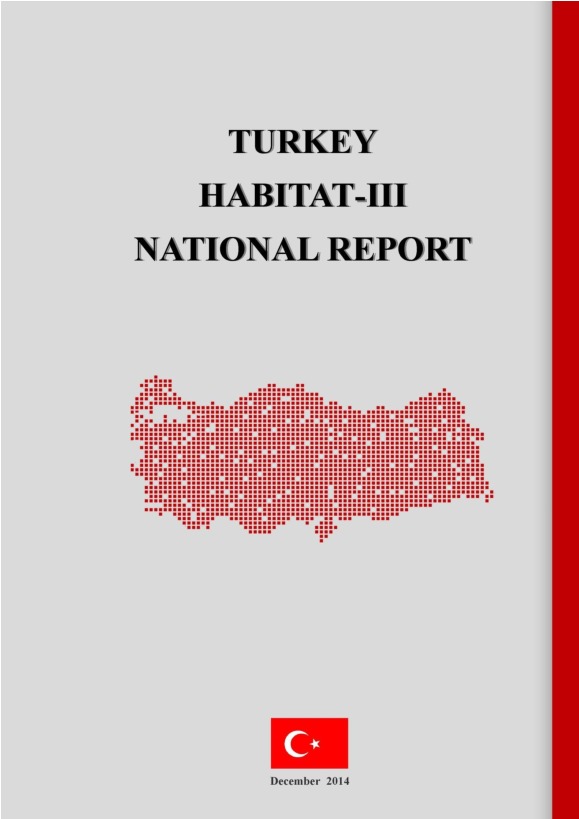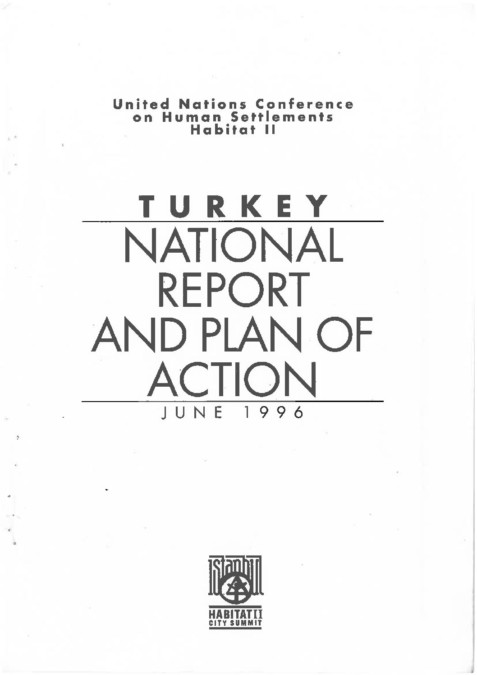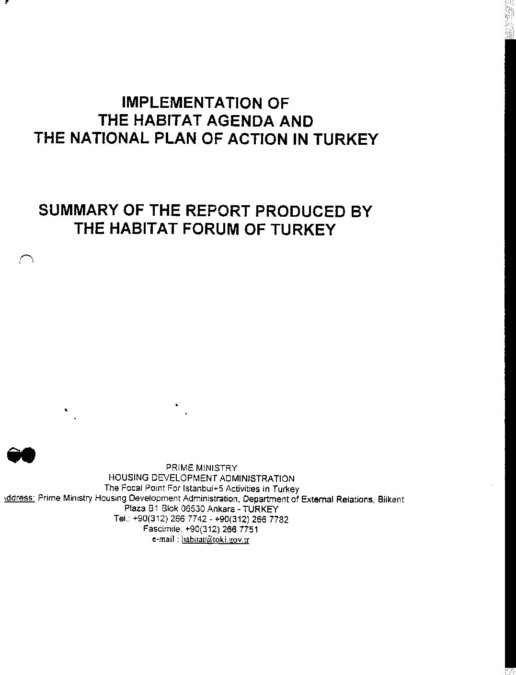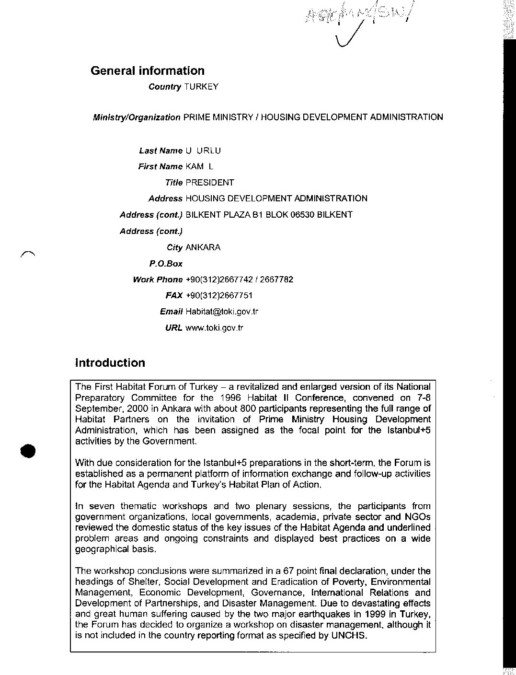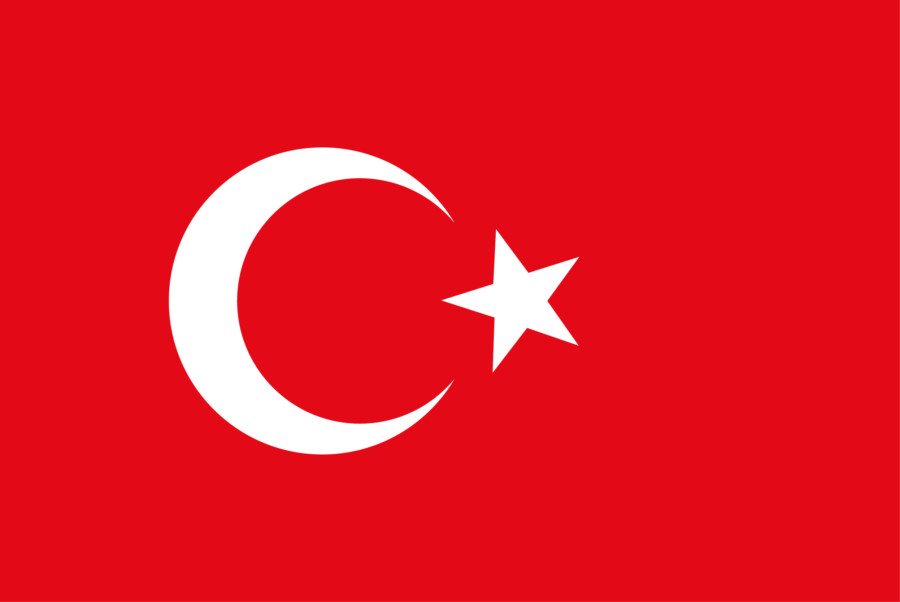
Turkey
Urban indicators:
| Value | Year | ||
| Surface area (sq km) | 783562 | 2014 | |
| Population (proj., 000) | 79622 | 2016 | |
| Pop. density (per sq km) | 103.5 | 2016 | |
| Capital city | Ankara | 2015 | |
| Capital city pop. (000) | 4750 | 2015 | Refers to Altindag, Cankaya, Etimesgut, Golbasi, Keçioren, Mamak, Sincan and Yenimahalle. |
| Population growth rate (average annual %) | 1.7 | 2010-2015 | |
| Urban population growth rate (average annual %) | 2.0 | 2010-2015 | |
| CO2 emission estimates (000 tons/tons per capita) | 323451/4.3 | 2013 | |
| Population using improved drinking water sources (urban/rural, %) | 100.0/100.0 | 2015 | |
| Population using improved sanitation facilities (urban/rural, %) | 98.3/85.5 | 2015 |
| 1995 | 2005 | 2014/2015 | |
| Urban population ('000) | 36,356 | 45,919 | 56,288 |
| Level of urbanization (%) | 62.1 | 67.8 | 73.4 |
| Proportion of urban population living in slum areas (%) | 20.7 | 15.5 | 11.9 |
| Urban Slum Population ('000) | 7,859 | 7,422 | 6,578 |
| Value | Year | |
| Urban poverty headcount ratio based on national poverty lines | 0.6% | 2012 |
National Report:
National Report Executive Summary:
Turkey has a population of 76.7 million and an area of 780.000 sq km. Following the 1950s Turkey experienced a rapid population increase in parallel with migration from rural areas to urban areas, leading to a rise in the share of the urban population from 25% in 1950 to 77% in 2012. Such rapid urbanization has shaped economy, social structure and natural environment of the cities.
Following the Istanbul Declaration of 1996, the government undertook to mitigate regional imbalances and supported the development of medium-scale cities. A series of institutional and legal arrangements were carried out, among them “City Councils” empowering local administrations and rendering public services more efficient. Efforts have been undertaken to successfully increase the rate of provision of domestic water services to 99.8% of urban population, and sewerage service to 92% in 2013. The rate of urban population receiving waste water treatment service rose to 77% from 13% 20 years ago. Illegal settlement has been mainly overcome with a rate declining from 2.93% in 2006 to 0.94% in 2013.
Statistics:
Urban housing indicators
People living in slums (%)
Basic services and infrastructure
Urban population with access to safe drinking water (%)
Urban population with access to adequate sanitation (%)
Urban population with access to regular waste collection (%)
Urban population with access to clean domestic energy (%)
Urban population with access to public transport (%)
Level of effective decentralization
Share of both income and expenditure allocated to local governments from the national budget (%)
Share of local authorities’ expenditure financed from local revenue (%)
Statements by Turkey:
-
Habitat III Plenaries
-
Intersessionals: Informal Intergovernmental Meetings (May 2016)
Events:
- At the Habitat III Conference:

Urban Planning and Regeneration Approach for Disaster Risk Area in Turkey

